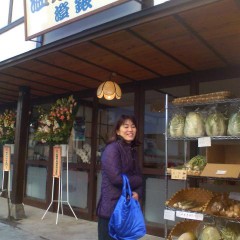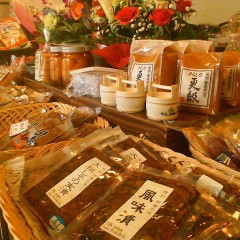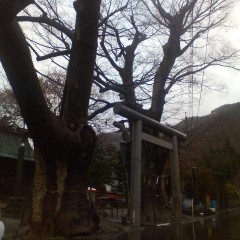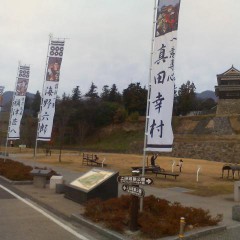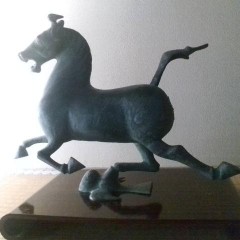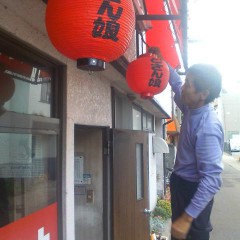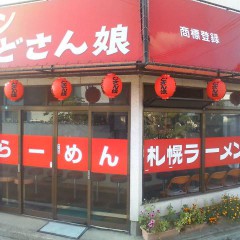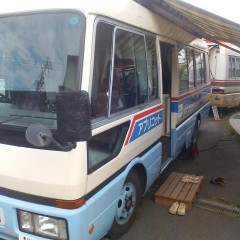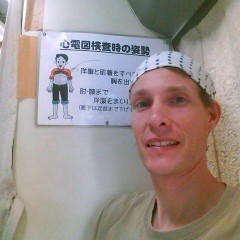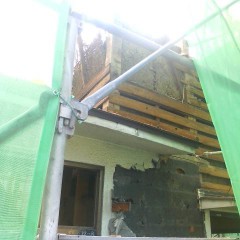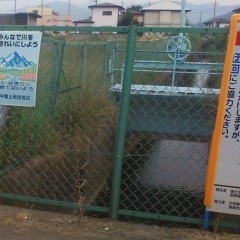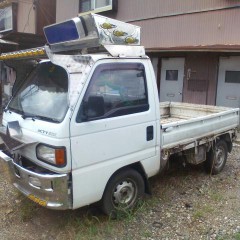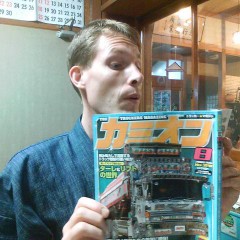大学生の時に、始めて日本に来ました。その時に、うちのシアトルの家でホームすティーした留学生達のそれぞれの家に行かせて頂きました。そのお陰で、一般的な日本人はどういう生活しているか、ある程度は見えました。普通な観光客はその機会がなかなかない。
その1つな家は大阪市内でした。細長い2階建ての狭い家でした。庭は猫の額のところじゃなかった。隣の家との幅は僅かしかない。お風呂は無かった;毎日は近所の銭湯に行っていました。(そこで、私は日本のお風呂文化と初体験だった。まさか、温泉旅館の若旦那になると、思えなかった!)
その留学生相棒は私のシアトルの家を始めてみた時に、広くてびっくりしたでしょう。でも、かれが4人家族でその大阪の家で普通に、問題なく生活していた。
数年後、久しぶりにその相棒の家に行きました。今度、私がびっくりしました。その狭い2階建ての家が消えていました。変わりに立派な3階建ての新しい家が建てていました。当地の狭さ及び隣の家との幅が変わらなかったけれども、素晴らしくて綺麗な家が出来ていました。最新の技術や設備はそのコンパクトな建物でとのを見たら、私のシアトルの実家が比較的に馬鹿でかくて、無駄が多いように感じました。この新しい家にもちろん、お風呂も付いていました。また、日本のお風呂の技術はすごいよね。毎日に入りたくなる気持ちが分かる。物凄く分かる。アメリカはただシャワーだけやな。
まあ、ちょっと残念だったのは近所の銭湯も消えていました事。
最近は日本の「使い捨て住宅」のやり方は話題になってきています。今までは日本の家が平均で30年間しか持ったない;私の大阪の知り合いの家みたいに、建て直す方法が多かった。Dataはちょっと古いですが、1996年に日本の家の68%は1970年以降建てられた。古い家を大事に使うUK(22%)とUS(42%)と比較したら、全然多いです。1950年以前から建てられた家は7.3%だけでした。(ちなみに、磨利ちゃんとシアトルで買った家は1934年に建てられた。私達は古い物が好きな方かも知れない。だからこそ、亀清旅館も大事にしていきたい・・・)
しかし、このエコの時代では、30年毎で家を建て直すやり方は地球にやさしくない。確かに、古い家を壊すとゴミは沢山出る。最近は日本の住宅メーカーが何世代も使える家の宣伝をやりだしている。まあ、改善と言えば、改善ですね。
ところで、亀清の近所でこの写真の様な工事が行われている。聞いたら、今まで立ていた家を壊して、新しい住宅を造るとの工事。よく見たら、土壁の部分もあるから戦後の30年しか持たないように造られた使い捨て住宅じゃないかもしれない。でも、新しく出来る家は長持ち用か、また使い捨て用か、楽しみです。
When I first came to Japan, I was still a college student. I stayed at the homes of several exchange students that had previously stayed at our house back in Seattle. Most tourists don't have the opportunity to see inside typical houses in Japan to see what peoples' lifestyles are here. I was very fortunate to be able to do so.
One such house was in the middle of Osaka City. I remember it being a narrow, 2-story house with no garden and just a sliver of space between it and the houses on either side. It had no bath, so every night the family would ride bikes to the neighborhood 'sento' bathhouse. It was there that I first experienced the Japanese bathing culture. Little did I know that one day, I'd be running an onsen ryokan!
That exchange student friend of mine must have been blown away when he saw my parents' house back in Seattle -- how big it was and the size of our yard. But his family of four managed to live just fine in that little house in Osaka.
Several years later, I had the opportunity to once again visit that friend. This time, it was me that was blown away. The little 2-story house was gone. In its place was a magnificent 3-story house. Still no garden and still just a sliver between it and the adjacent houses, but it was built with the most modern and high-tech conveniences. And this time, it had a bath. And what a bath! I fully realize why an evening bath is almost a ritual here in Japan. Back in the States, we make do with just a shower. This compact, modern house made my house back in Seattle feel ridiculously oversized by comparison.
One thing I was sad to see was that his neighborhood sento had also disappeared.
Recently, Japan's "disposable housing" way of building houses with a 30-year life span has become news. According to some slightly out-dated data, as of 1996, 68% of homes in Japan were built after 1970. The figures for the UK (22%) and the US (42%) were much lower, evidence that houses are used much longer in those countries. (The house that Mari and I bought in Seattle was built in 1934. She and I seem to appreciate older things -- that's probably why we are working so hard to preserve Kamesei Ryokan!)
However, in this ecologically-minded age, the process of tearing down a house and rebuilding every 30 years is certainly not good for the environment. It creates a lot of waste and increases each person's carbon footprint. Recently, Japanese housing makers have been advertising houses to last multi-generations. I guess the industry is moving in a better direction.
The picture here shows a construction job going on nearby Kamesei. Apparently, an old house is being torn down and a new one will take its place. Looking closely, you can see some of the walls were earthen walls. So I don't think this particular house was one of the many built after the war and designed to last just 30 years. But it will be interesting to see what type of house will be built -- a "disposable" one or one to last longer.
DataのソースはこちらData Source Here.
